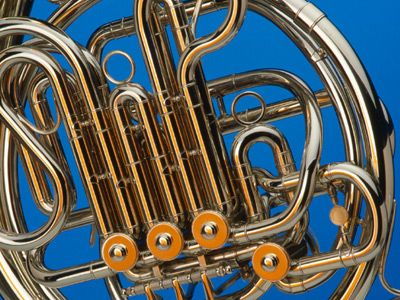
Ten Pieces - Horn Concerto No. 4 (3rd Movement)
This KS2 Music quiz is inspired by the BBC Ten Pieces which you can find at BBC Bitesize. It's all about Mozart's Horn Concerto No. 4 - probably one of the 'catchiest and most cheerful numbers' ever written.
What is a concerto? Well, it's a piece of music which features a solo instrument which is accompanied by an orchestra. Mozart wrote four concertos for the horn, and this piece is the third and final movement of the last. It takes the form of a rondo. That means that it's tune returns several times in different parts of the piece.
What is it exactly that makes Mozart's Horn Concerto No. 4 such an ear-worm? Let's have a look into its musical workings...
Ready for more?
not all...
quizzers. Try to win a coveted spot on our Hall of Fame Page.







